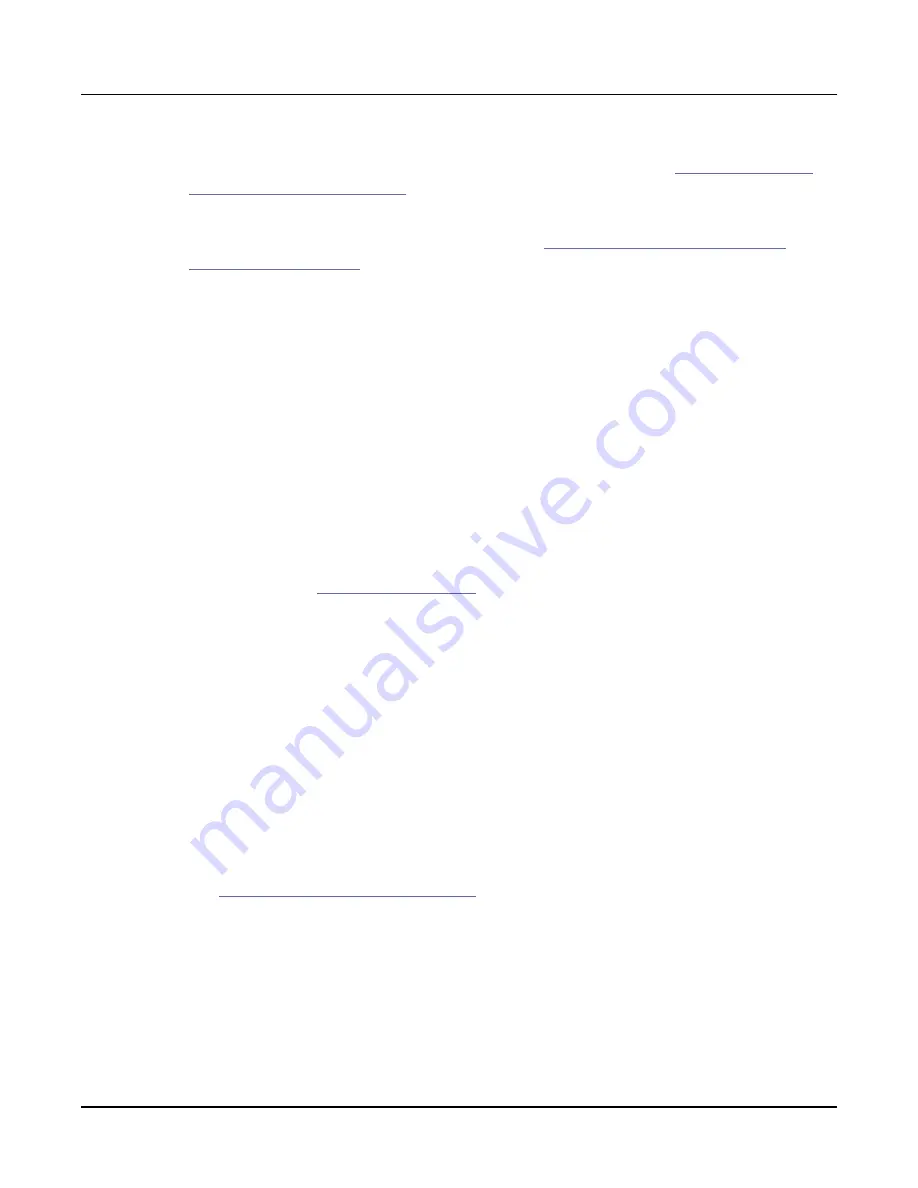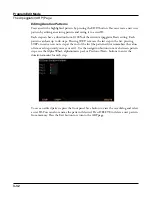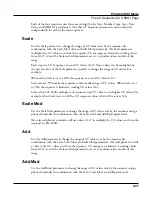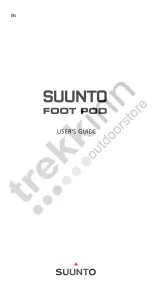
Program Edit Mode
The Arpeggiator (ARP) Page
3-23
In Classic mode, the ARP page will offer algorithmic options, as well as independent note-
Shift, Velocity and Duration patterns. These patterns are editable. See
for details on Classic mode parameters.
In Step Sequencer mode, you can edit sequences step-by-step, specifying Note, Velocity,
Duration and Beat for each step in a sequence. See
Arpeggiator Step Sequencer Mode
for details on Step Sequencer mode parameters.
Arp Mode can also be set to Off. In Multi Mode, set the Arp Mode to Off for any Zones
which you don’t want to control with the ARP and LATCH buttons.
Tempo
Use the Tempo parameter to set the arpeggiator tempo in beats-per-minute. This parameter
also sets the tempo for tempo synced effects and LFOs. Use the Keypad, Alpha Wheel, or
Previous/Next buttons to set a tempo that will be saved with the program.
You can also set the tempo to System by scrolling below 20 BPM, or typing -1 followed
by the ENTER button. When Tempo is set to System, the arpeggiator will use the system
tempo. System tempo is useful when you wish to set a tempo that will be used by many
programs. Programs set to System are not saved with a set tempo, and will always use the
global system tempo. To set the system Tempo, use the TEMPO section of the front panel.
Press the TAP button a few times at the desired rate, or use the TEMPO knob. For details on
.
In Multi Edit Mode, the arp Tempo parameter is not shown, and the arpeggiator tempo is
determined by the Tempo parameter on the Common page.
Latch
The Latch parameter allows you to control how and when notes played on the keyboard
(or via external MIDI) will be arpeggiated. For example, some latch settings allow notes
to continue arpeggiating after keys have been released (these are called latched notes), and
some settings only arpeggiate certain notes. Keep in mind, notes played outside of the Arp
KeyRange are never latched or arpeggiated.
Some Latch settings require using the Latch switch. The Latch switch can be controlled by
the LATCH button in the front panel ARPEGGIATOR section, or by a switch pedal by
setting one of the SW Override parameters to Arp Latch on the Global Mode Main 2 page
Switch Pedal Overrides on page 9-13
). In Multi Mode, you can also control the Latch
switch by assigning a switch to destination 157 (Latch) (values 0-63 = off, 64-127 = on).
Each of the Latch settings are described below.
Keys
: If the Latch switch is turned off, notes are arpeggiated only when keys are held. As you
hold different notes, they get added to the arpeggiation, and as you release notes, they get
taken out. If the Latch switch is turned on, any played notes will become latched and will
arpeggiate even after they are released, until the Latch switch is turned off.
Summary of Contents for Flash Play PC4
Page 1: ... It s the sound Part Number 910587 002 Rev B ...
Page 9: ... ix MIDI Implementation A 1 Specifications B 1 Index I 1 ...
Page 289: ... 8 40 ...
Page 328: ... 10 7 ...
















































